(December 24, 2021) From tossing rosemary into a pan of butter to sauteing caramelised mushrooms with chicken, Dubai-based celebrity chef Cinu Chandran is often seen giving epicurean lessons on television. Who would have thought that an accidental chef would someday bring laurels to a restaurant in Dubai and become a regular on TV? That’s Cinu for you – A Malayali lad who worked with Michelin-starred chef Raymond Blanc in the UK, and later made a name in the UAE by giving Indian cuisine a modern twist.
“Indian cuisine is doing well in the global market. It has evolved in the past few decades. The cooking style, flavours, and spices have elevated to another level. Today, it’s the amalgamation of cuisines that is making it a hit among food lovers,” Cinu tells Global Indian in an exclusive interview.
The kitchen confidential run
From the best kitchens to the television screen to now a consultant chef, Cinu meandered into the world of cuisine effortlessly. “It has been an incredible journey. Learning the craft from scratch and working at the best places around the globe has helped me gain exposure. Now, I am putting that expertise into helping provide solutions to restaurants and food service businesses,” adds Cinu.
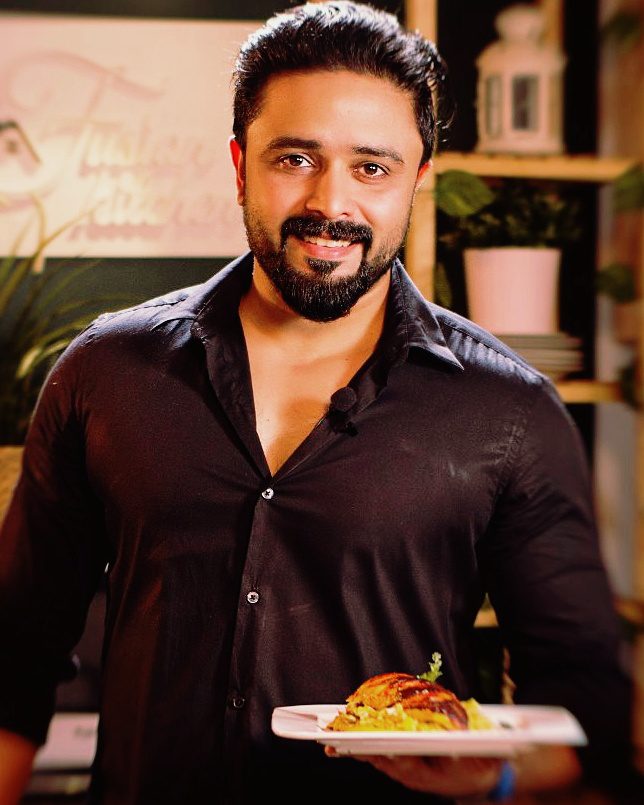
Chef Cinu Chandran
Born in Jalandhar in 1979 to an army officer father and a homemaker mother, Cinu’s tryst with cooking was purely accidental as he had dreams of following in the footsteps of his father, and joining the army. However, after two failed attempts, Cinu gave hospitality a go after a family friend coaxed him into it. “It’s rather strange that I sat for the exam after a family friend mentioned that I look like a hospitality guy. To escape from the family pressure of what’s next, I sat for the exam and surprisingly cleared it,” smiles chef Cinu.
This took him to the Institute of Hotel Management Trivandrum, and within six months, Chandran knew that he had found his true calling. For someone who wasn’t even a home cook, Cinu had to work hard to prove himself. His efforts paid off, and the faculty started noticing his talent. The turning point came when he migrated to the Delhi Institute of Hotel Management in the second year to be closer to family, and also represented his college at the All India Chef competition. “Someone from the judging panel saw my work and approached me for a job as a management trainee at the Casino Hotel in Kochi. That was the beginning of my career,” recalls the celebrity chef.
A carte Blanc for Cinu
After a short stint in Kochi, came The Oberoi Grand Kolkata where he mastered the art for three years. Cinu recalls those days as his foundation years. He left the City of Joy in the quest for a better opportunity that brought him to Delhi’s Taj Palace before moving to the UK. “I was always into continental food but somehow I was unable to satisfy my curiosity about European food in India and wanted to have a hands-on experience,” says Cinu who grabbed the opportunity of working with Michelin-starred chef Raymond Blanc at Brasserie Blanc in Bristol.
View this post on Instagram
“Working with Blanc was such an enriching experience. I could experiment with dishes like nowhere else, and had so much freedom in creating a dish,” beams Cinu with pride. While he loved his time evolving as a chef, moving to the UK put him out of his comfort zone. “Working in the kitchen at Brasserie Blanc was a different experience as it was a very busy concept. Though I did learn a lot, it was tiring. Such was the pressure that I would often skip meals,” reveals Cinu.
However, working with fresh produce and exotic ingredients made him love the craft. After gaining experience under Blanc, Cinu left Europe to move to Dubai in 2011 as Chef De Cuisine for the West 14th Steakhouse. In less than two years, he helped the restaurant catapult into the league of the best with Dubai’s Best Steakhouse Award 2013. “Moving to Dubai was quite an experience because the food scene was evolving in the country. With almost 80 percent expats being Indians, there has been an ever-growing demand for Indian cuisine. Indian restaurants are popping up at every corner, and that says a lot about the love for the cuisine,” says the food consultant.
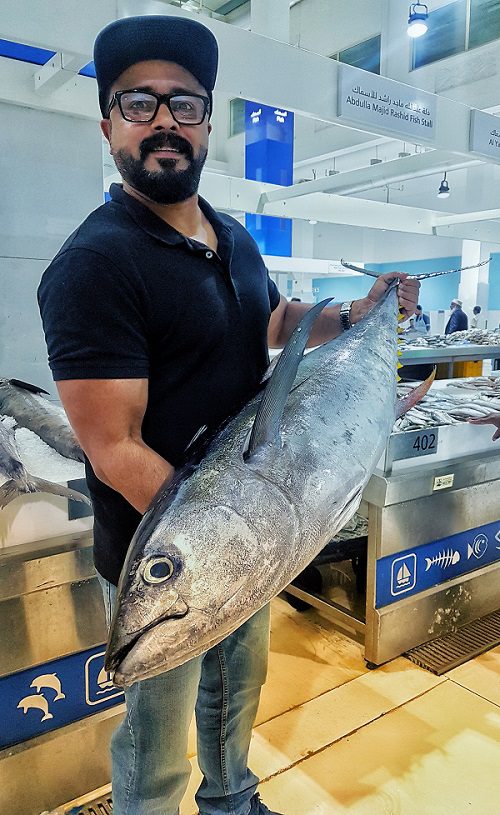
Chef Cinu Chandran
A champion of organic produce and sustainability, Cinu’s days at Urban Bistro helped him understand the nuances of environmentally friendly options. “If the food was organic, we equally focussed on using cutlery and packaging that was eco-friendly,” says the chef. “I think the pandemic has changed the way people view their health. The realisation of a good diet has finally dawned upon them,” notes the chef whose ultimate dream is to start his own restaurant.
While the F&B industry took a major blow during the pandemic, things weren’t too bad in Dubai as cloud kitchens and restaurant delivery came up in a big way. The consultant chef did face some project losses during the lockdown.
The 42-year-old calls his entire journey a manifestation of sorts. “Even as a child, I loved sharing stories. I kept on doing that through my food. This love for food took me to television and made me a celebrity. Now, as consultant chef, I help others realise their dream of running a restaurant. This makes me grateful,” says the Dubai-based chef who loves unwinding with his three kids.
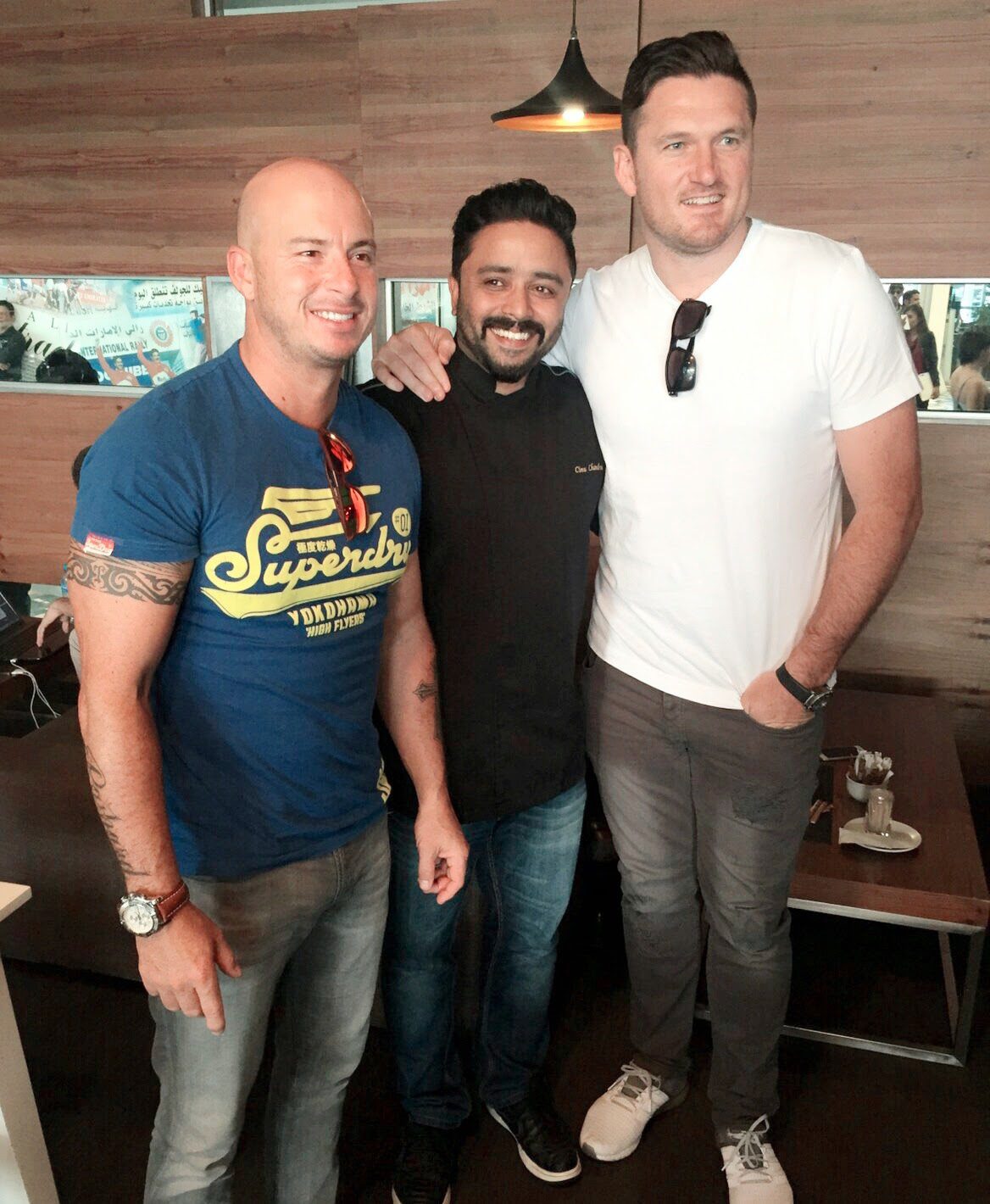
Chef Cinu Chandran with South African players Graeme Smith and Herschelle Gibbs
Of course, when he first decided to become a chef, his parents were against it, “Those were the days when a guy becoming a chef wasn’t socially acceptable. But I knew I had to keep going. And now years later, I have made them proud. I think this is the biggest validation for me,” he adds.
Any advice for youngsters? “If you think you can enjoy and have some fun in your work, then it’s the right thing for you. Don’t be influenced by social media. Everything takes time, so take your time to learn and acquire as much knowledge as possible,” signs off Cinu.



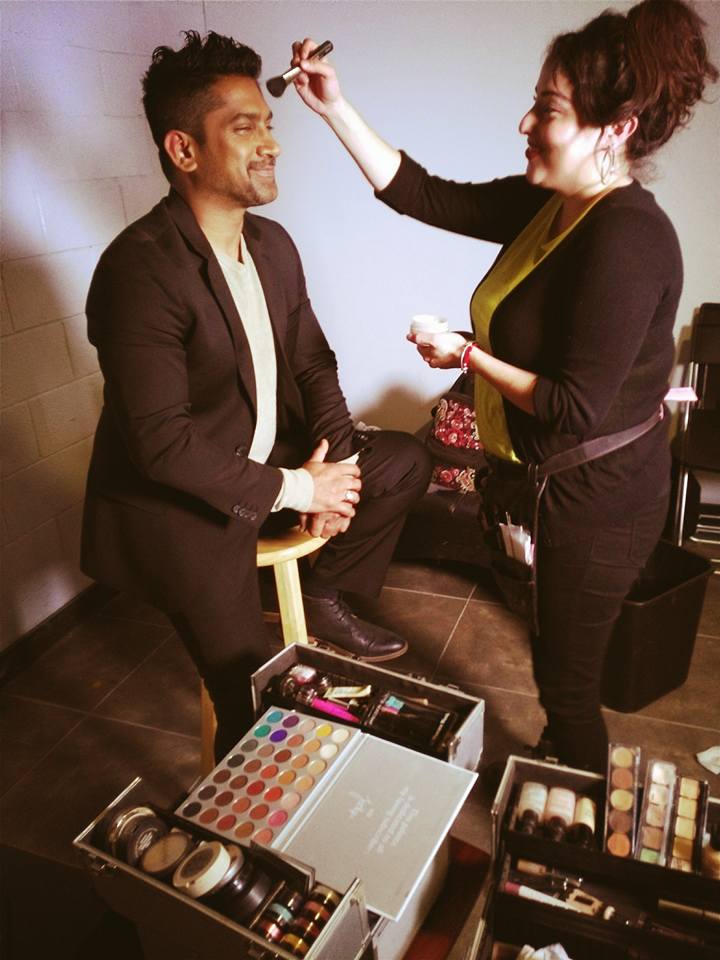
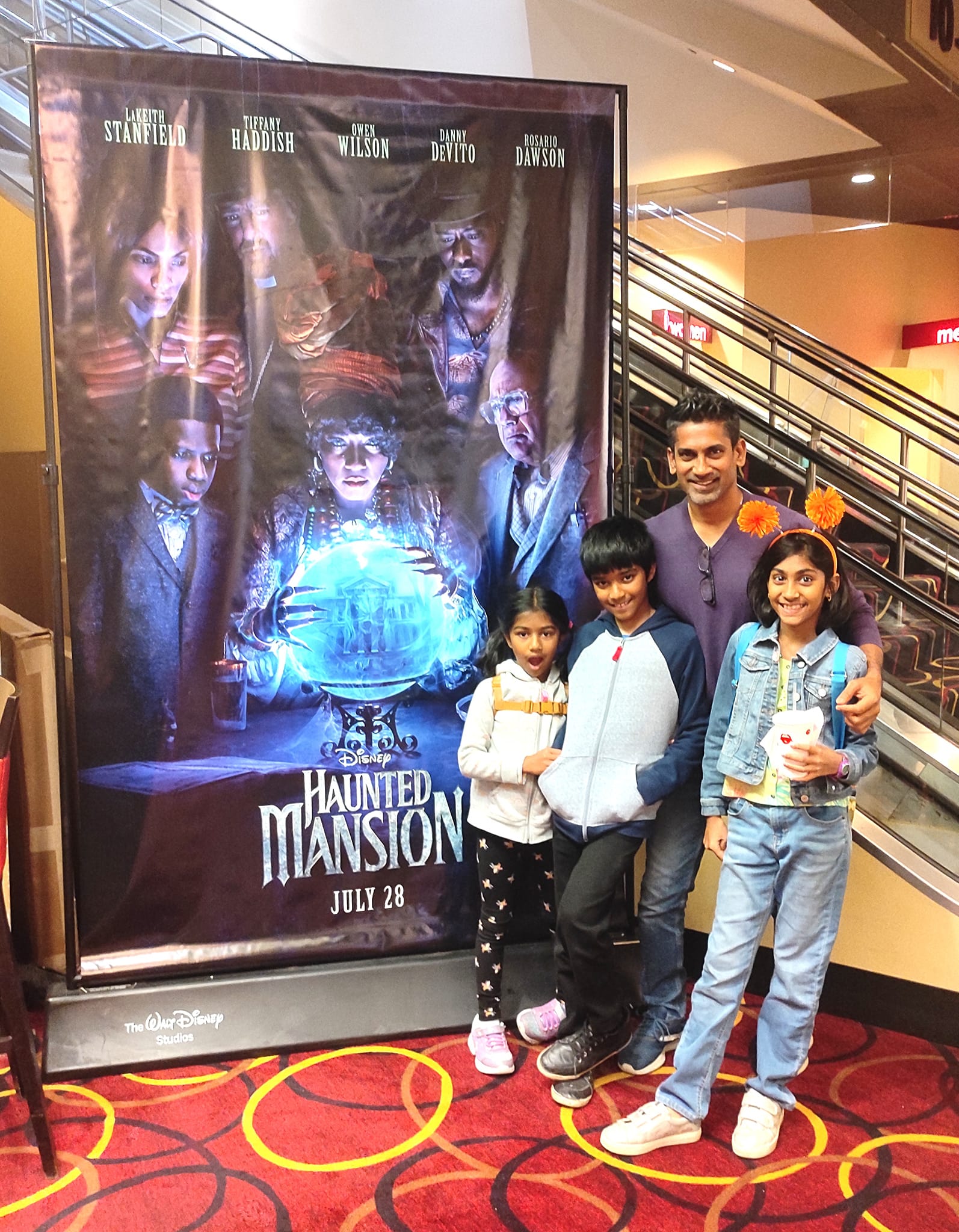



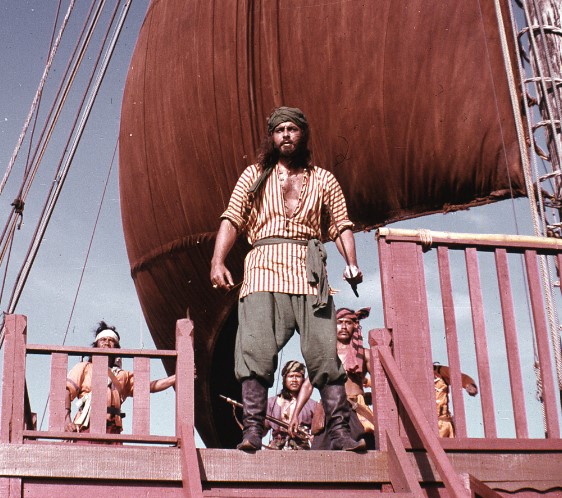 Kabir Bedi in Sandokan[/caption]
Kabir Bedi in Sandokan[/caption]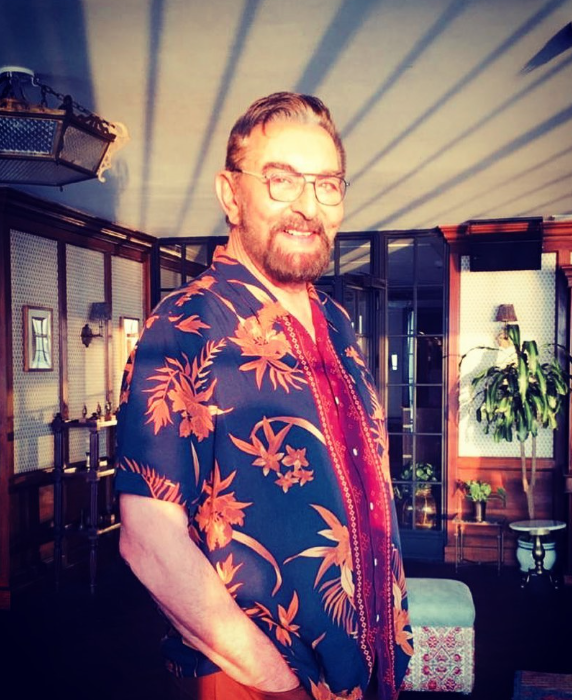 Kabir Bedi[/caption]
Kabir Bedi[/caption]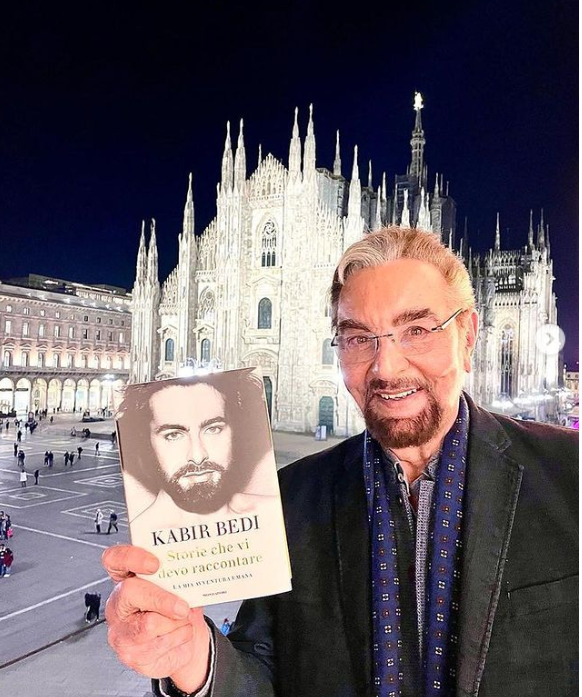 Kabir Bedi with his book[/caption]
Kabir Bedi with his book[/caption]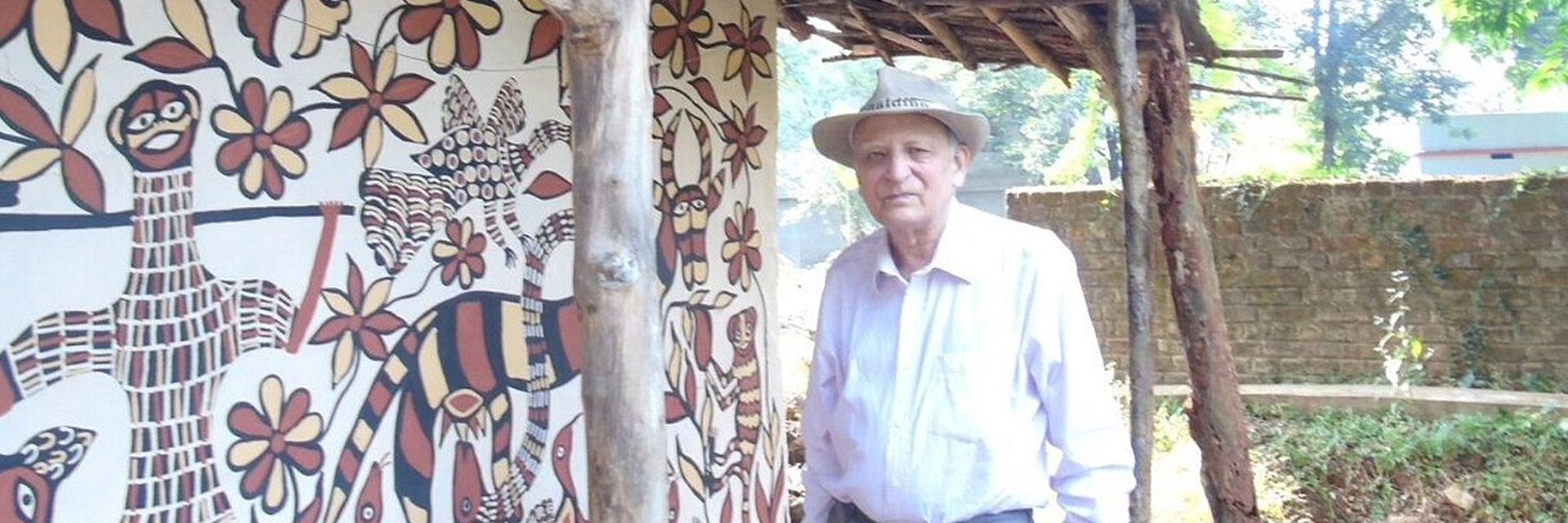
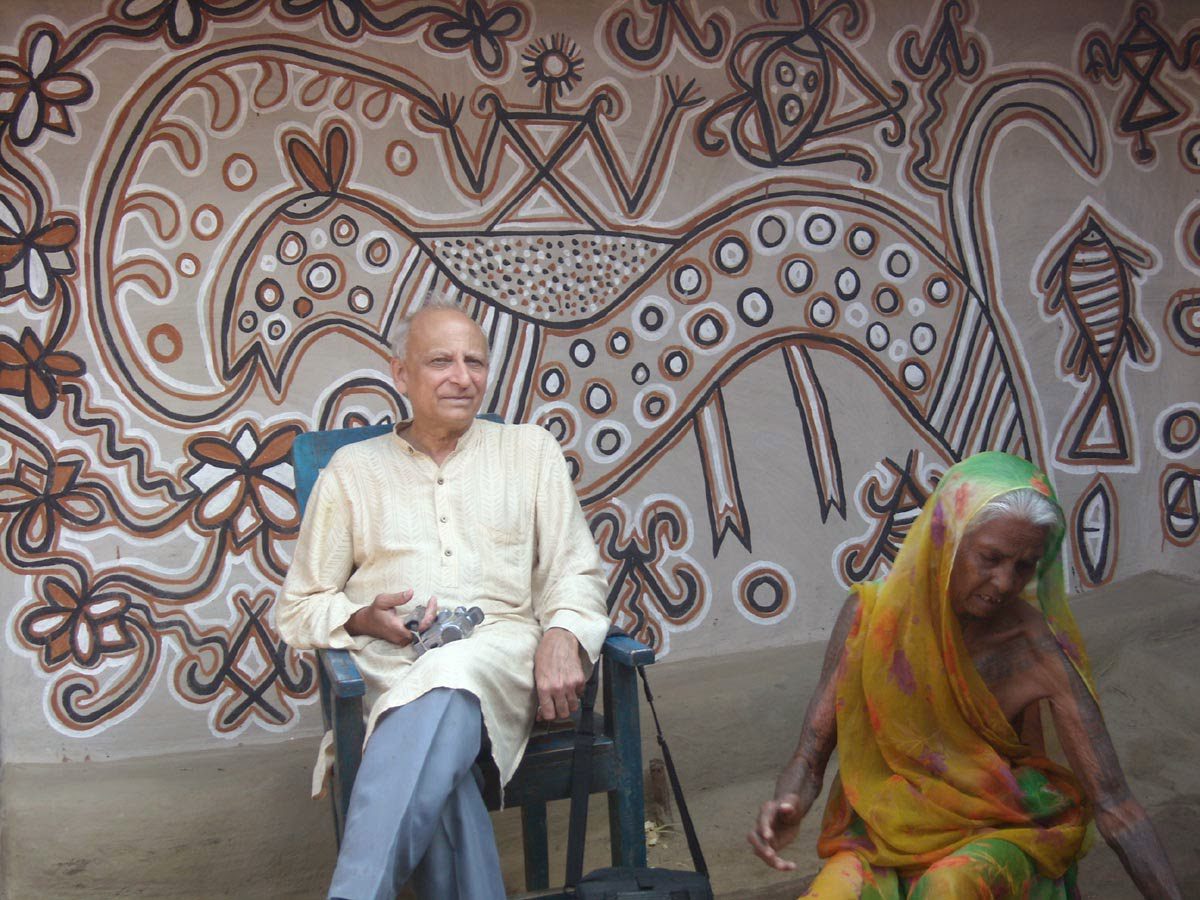
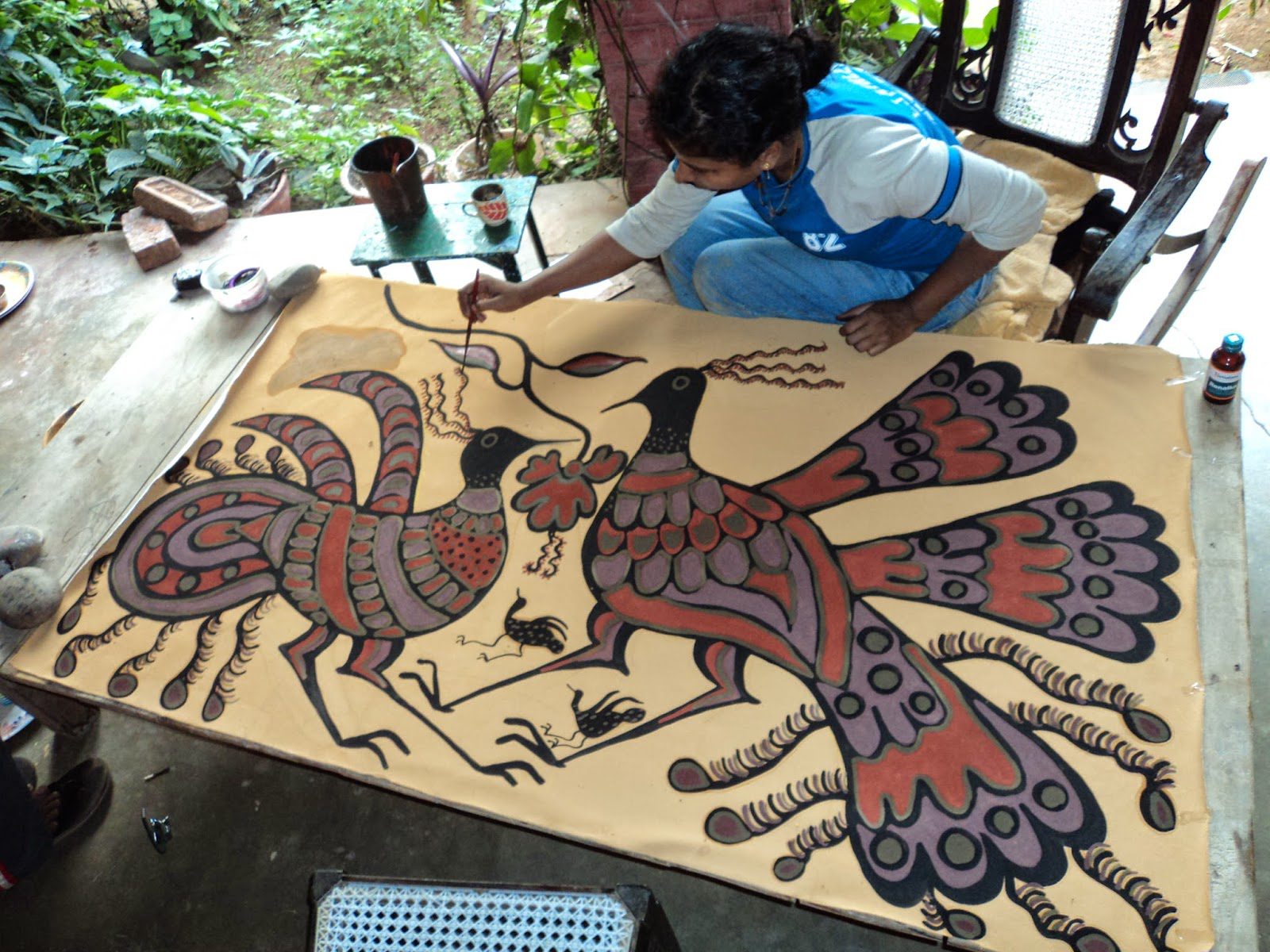 Bulu's daughter, Juliet Imam, making a tribal art[/caption]
Bulu's daughter, Juliet Imam, making a tribal art[/caption]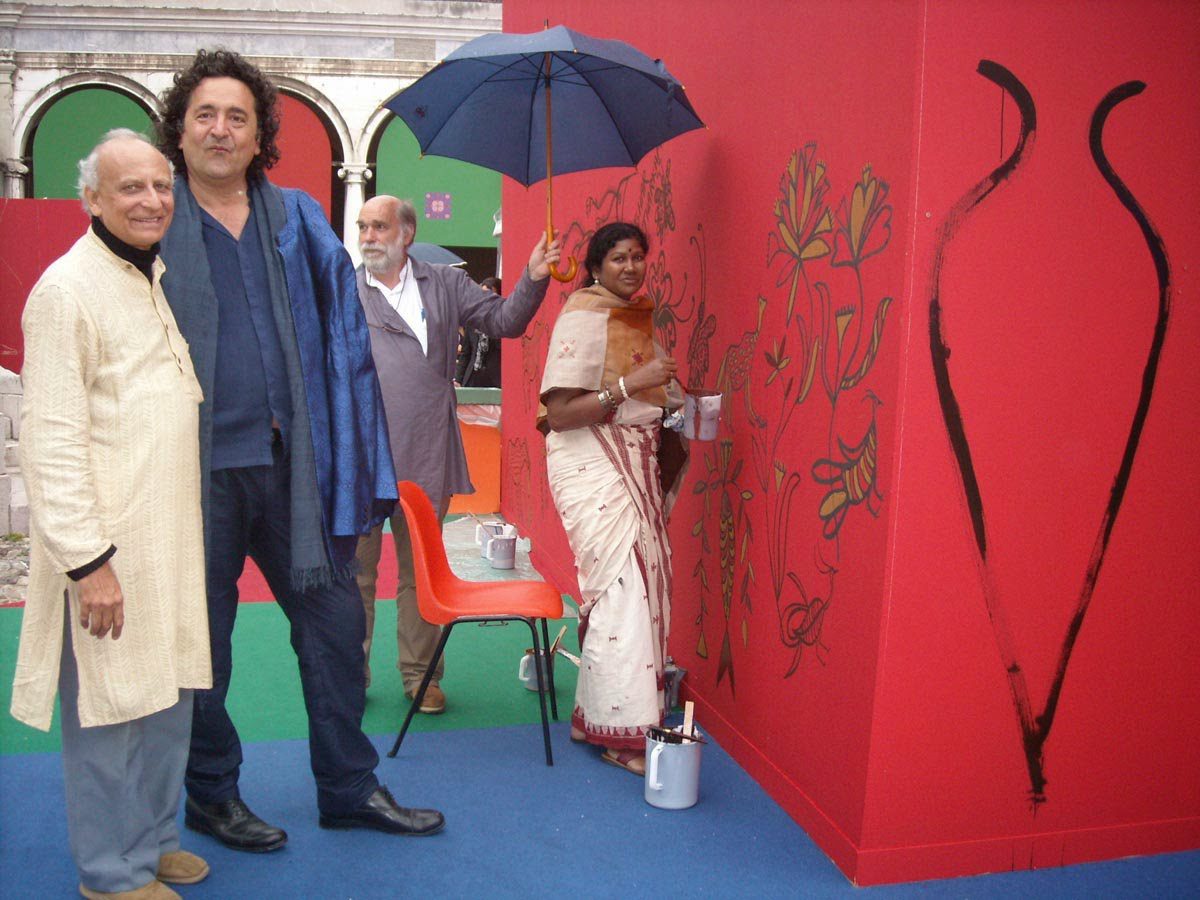 Bulu Imam, Tarshito, Erwin Neumayer, and Philomina painting in Vicino Lantano Festival[/caption]
Bulu Imam, Tarshito, Erwin Neumayer, and Philomina painting in Vicino Lantano Festival[/caption]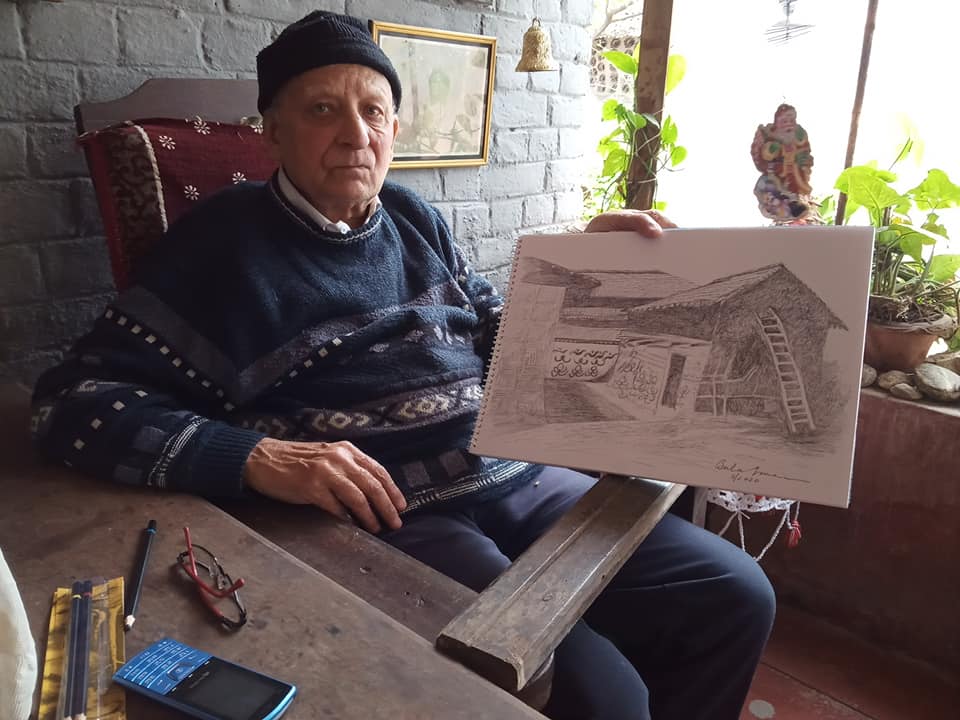 Bulu still likes to sketch whenever he finds some free time[/caption]
Bulu still likes to sketch whenever he finds some free time[/caption]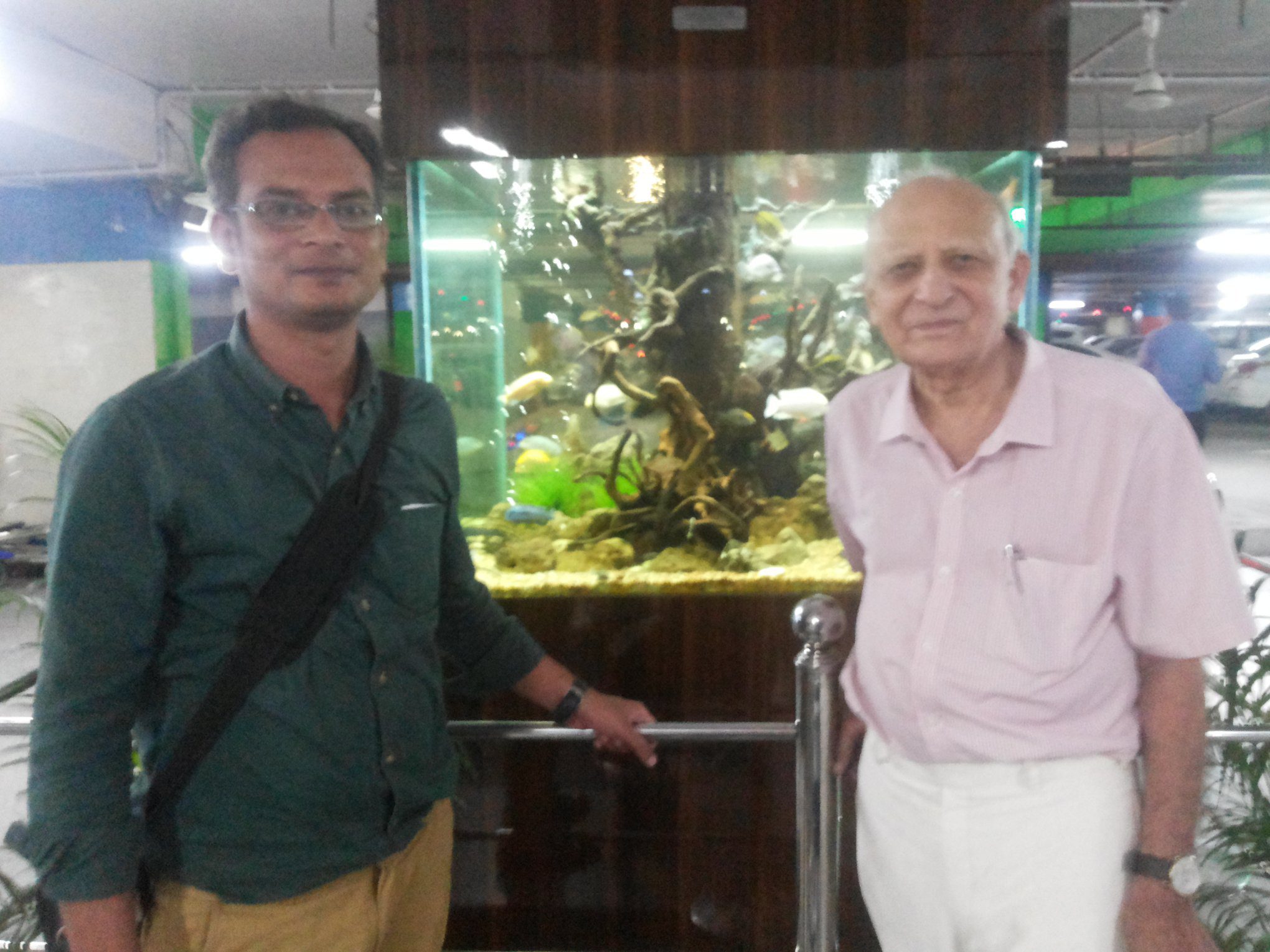 Bulu with his son, Gustav Imam[/caption]
Bulu with his son, Gustav Imam[/caption]

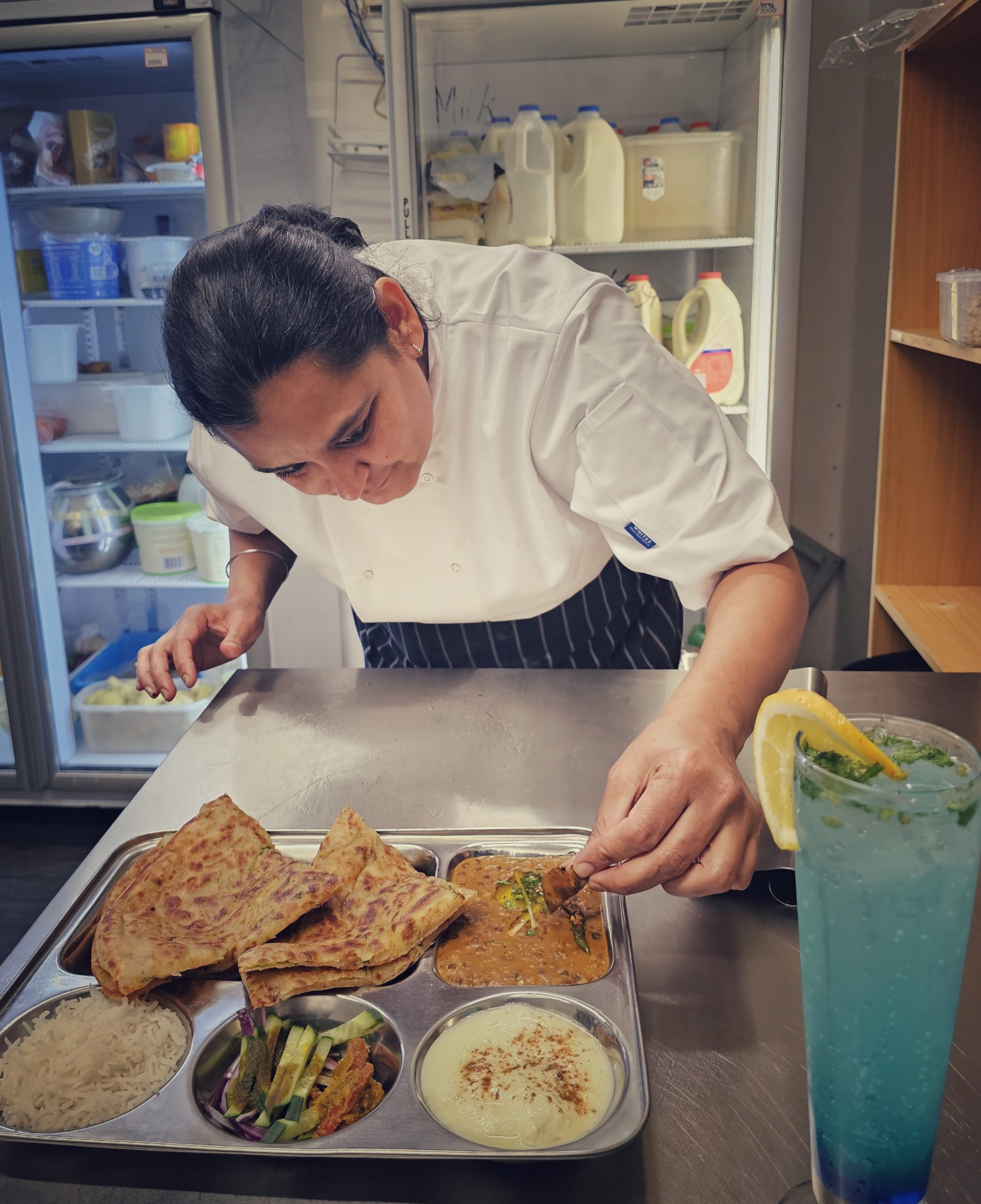
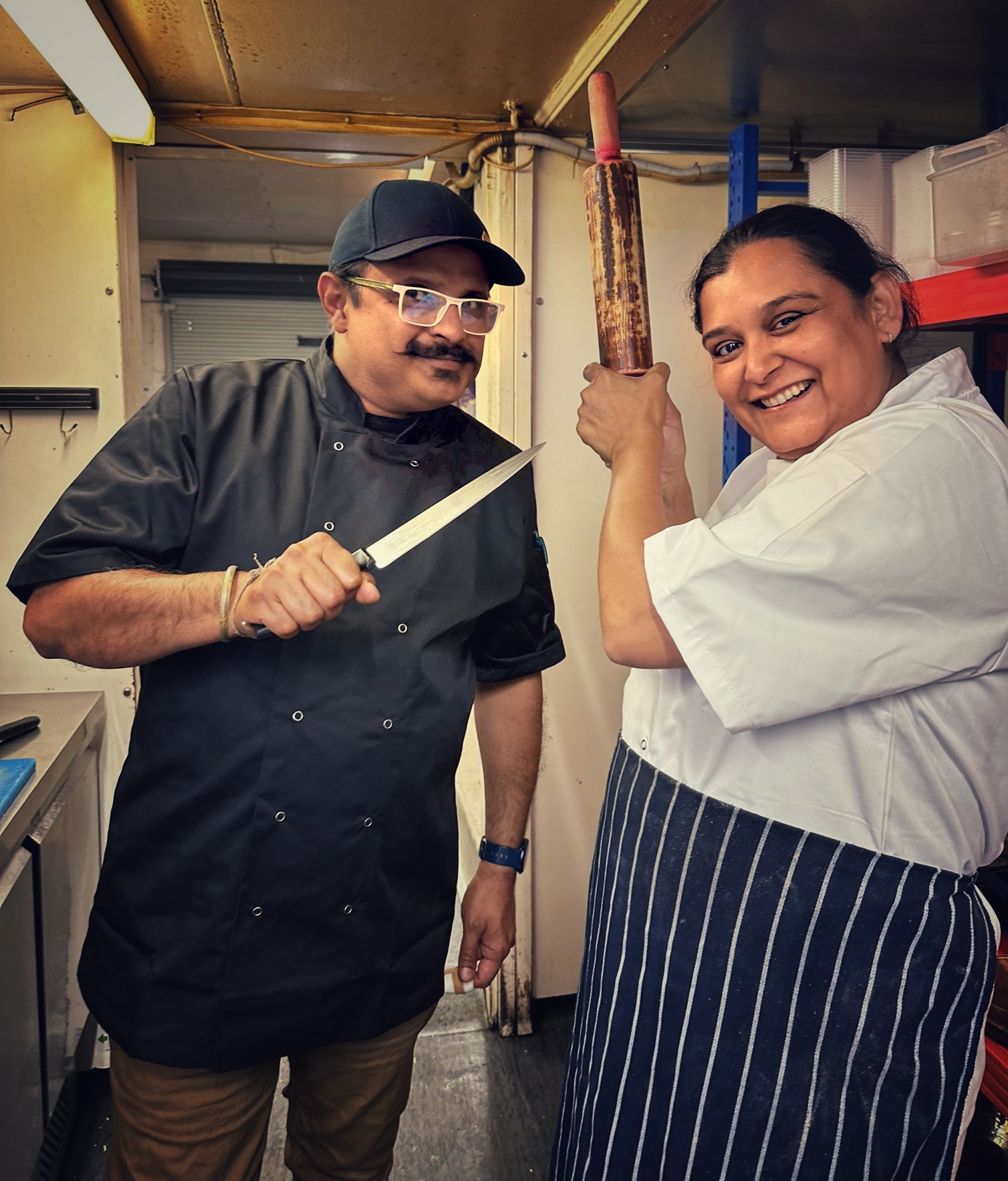
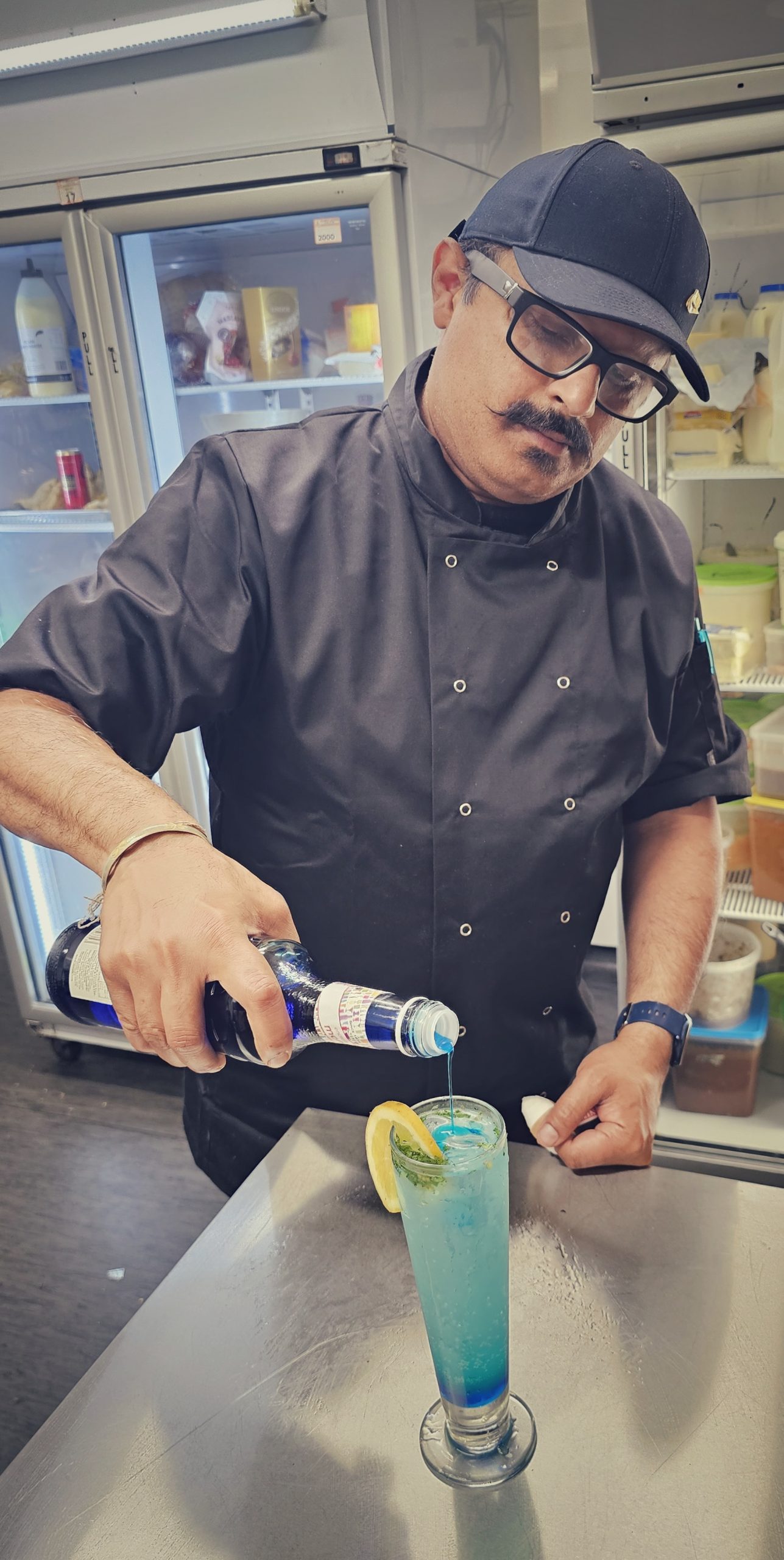

 Van and Sumit Sharma[/caption]
Van and Sumit Sharma[/caption]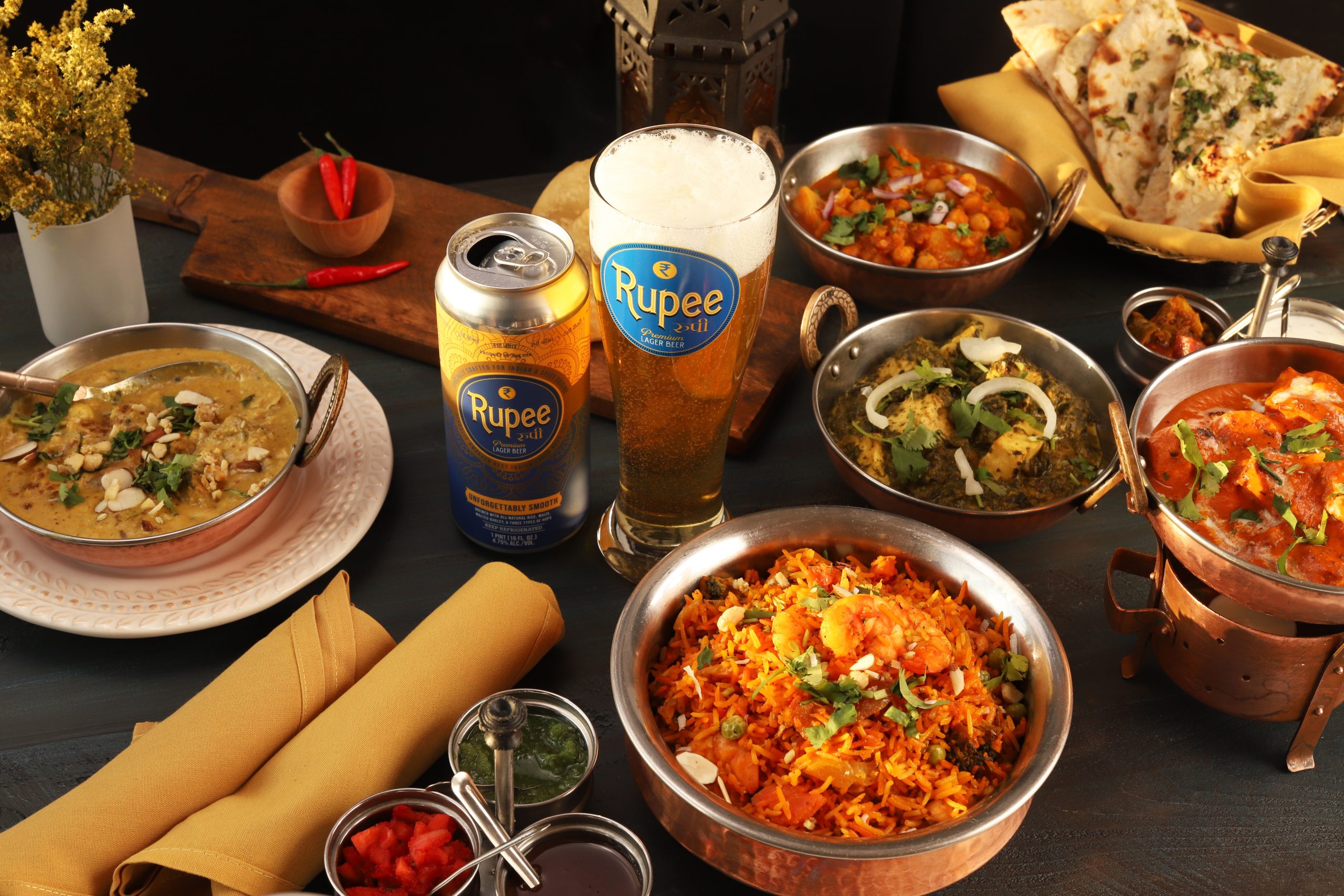 Rupee Beer pairs well with Indian cuisine[/caption]
Rupee Beer pairs well with Indian cuisine[/caption]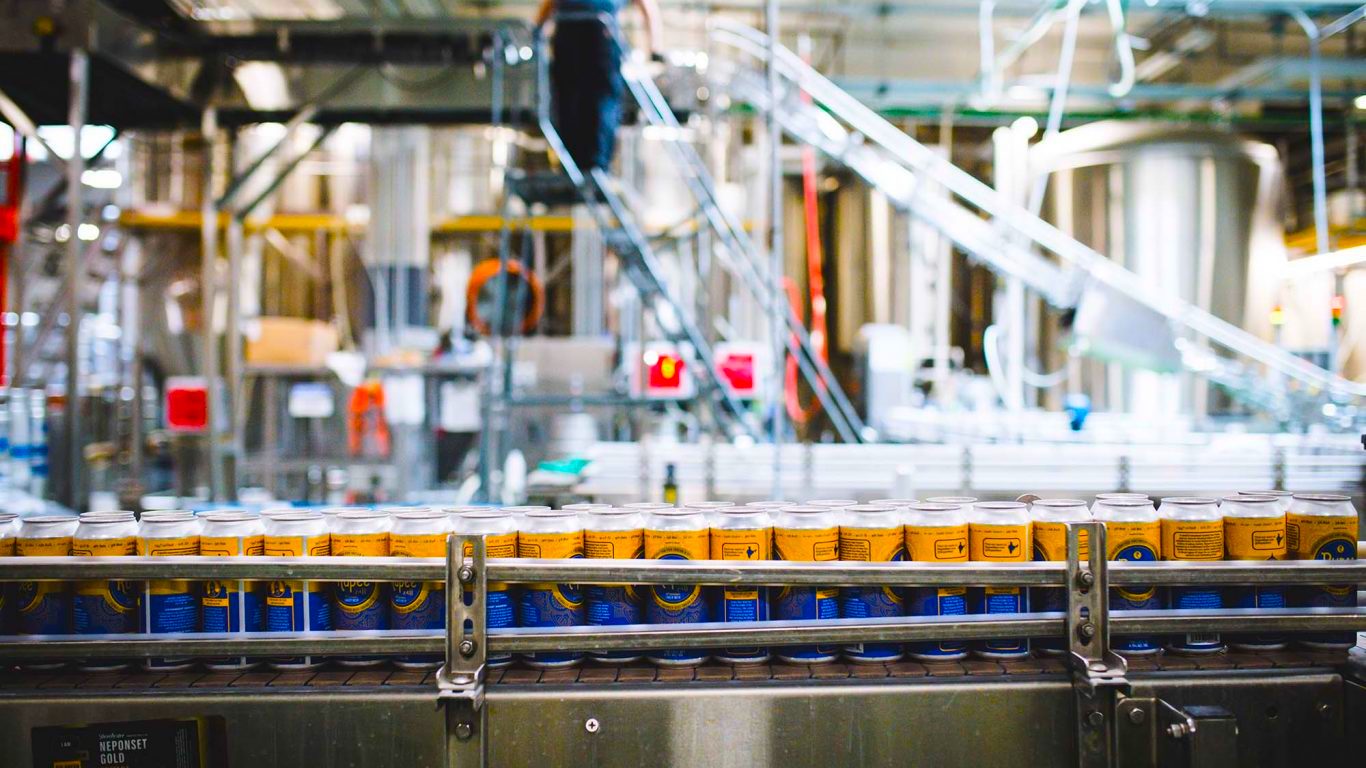 Packaging of Rupee Beer in progress[/caption]
Packaging of Rupee Beer in progress[/caption]